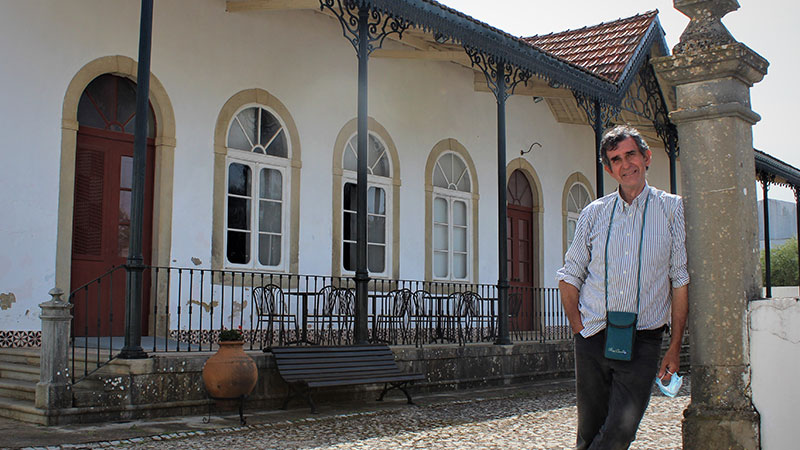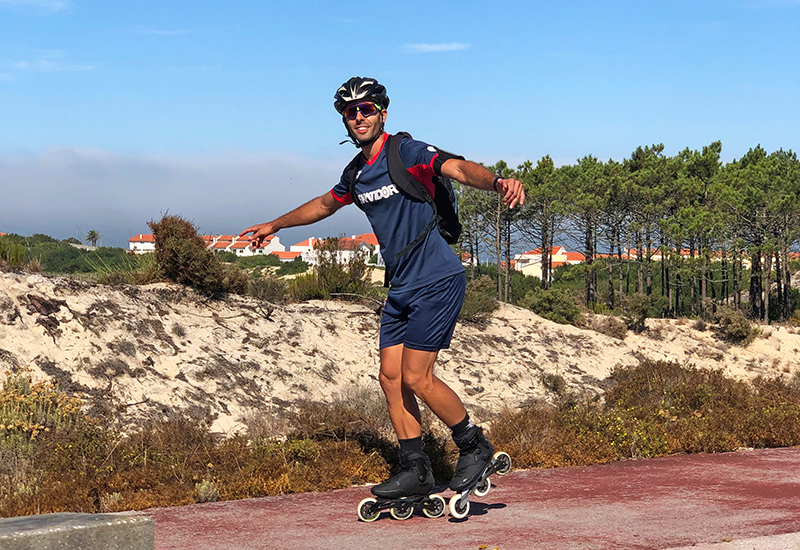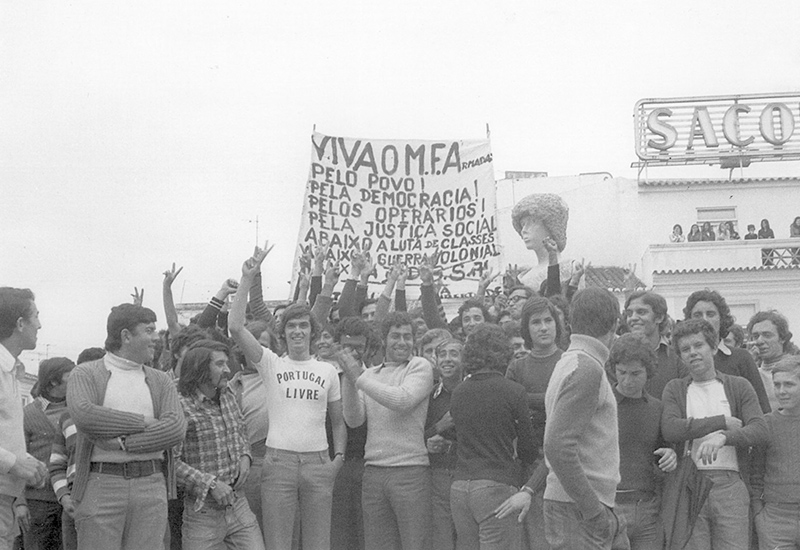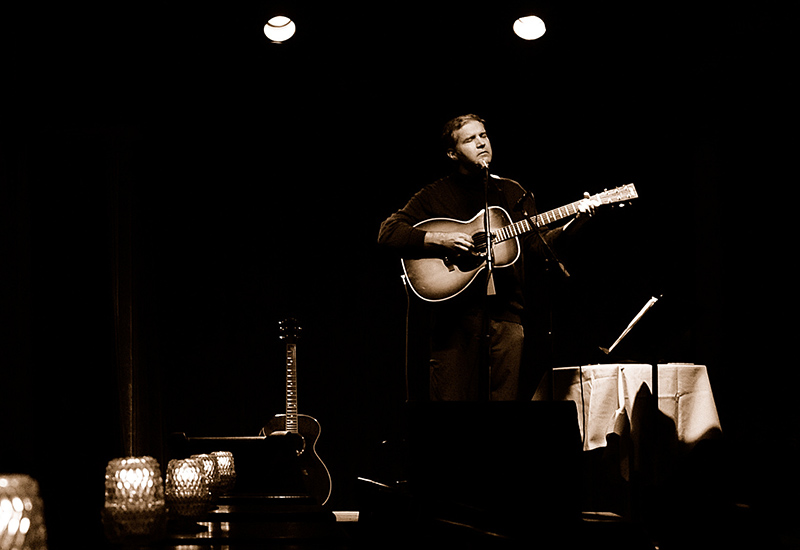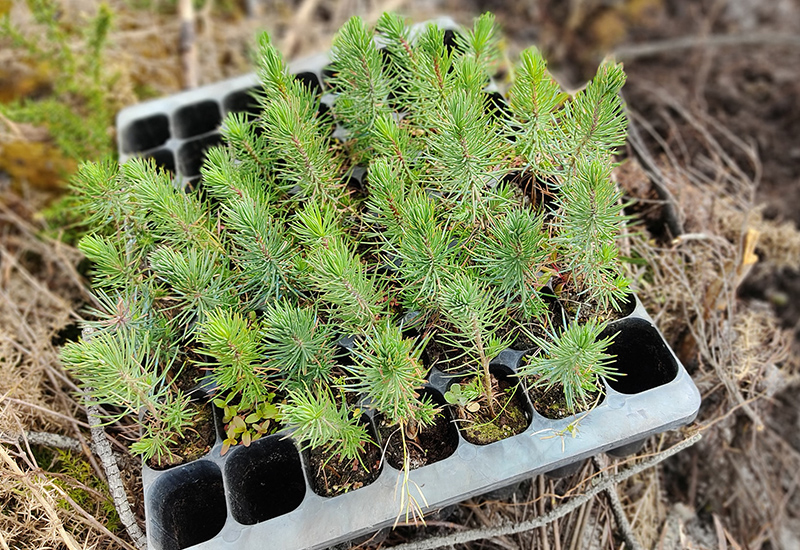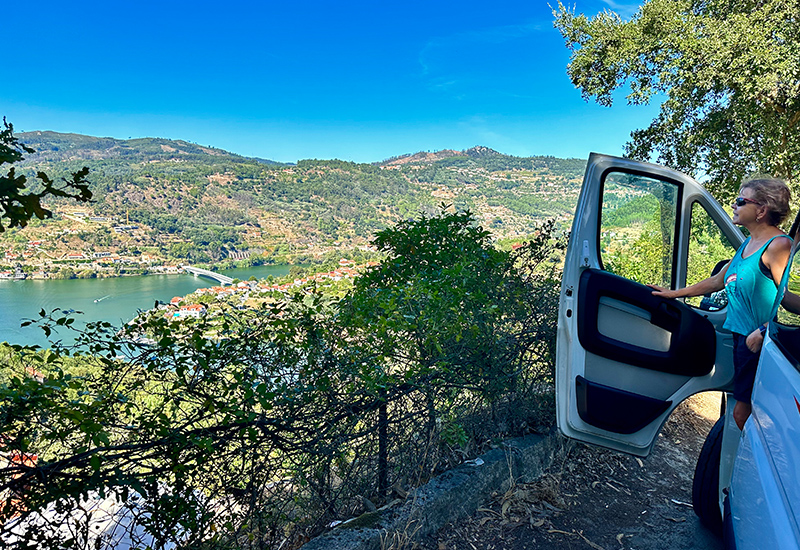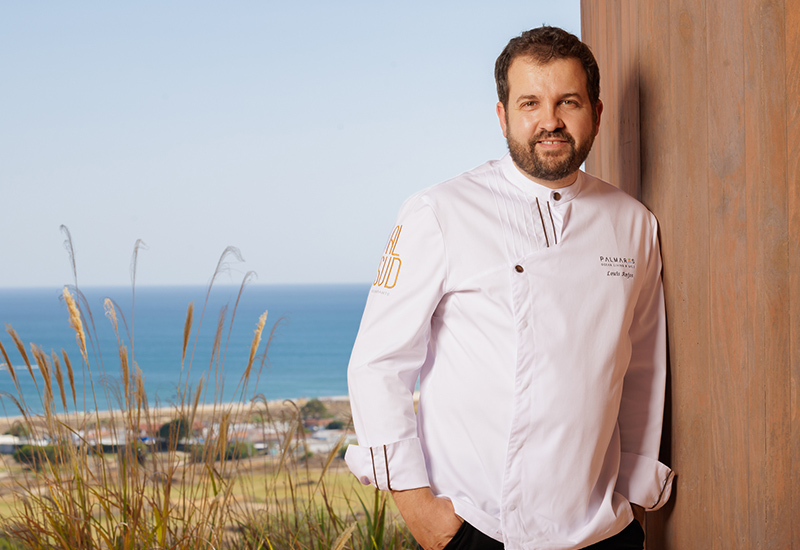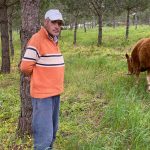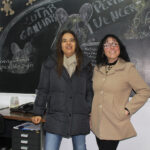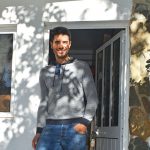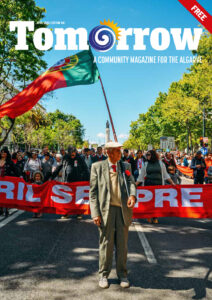Vaughan Willmore and Emanuel Sancho – the Director of the Costume Museum in São Brás de Alportel – tell of how Algarvian clothing has both reflected and influenced regional events.
The dark narrow streets of Olhão were rife with murder and intrigue as British and Spanish troops fought bloody battles to repel the French invaders of the Iberian Peninsula.
Night-time only increased the sense of fear, with Portuguese menfolk hurriedly transferring their wives, sisters and children into small boats to be anchored away from shore, out of harm’s way. Legend has it, they’d cover their loved ones in red shawls echoing the uniforms of the British army and so, if spotted by the occupying forces, it would only heighten their own sense of fear that they were soon to be attacked by the British.
This is a story told to me by the charismatic Emanuel Sancho, Director of the Costume Museum in São Brás de Alportel, and it really gives a sense of how clothing is not only a reflection of the world we live in but can also influence national and global events.
The Costume Museum is about one hour’s drive from Lagos and is one of the most captivating museums in Portugal. In fact, to call it a ‘costume museum’ somehow understates the nature of the building, its extraordinary range of artefacts, and its place at the heart of the local community. You can see examples of how the local population dressed throughout the centuries and gain an insight into the factors influencing those changes, including invasion by foreign forces, migration, war, farming, film and tourism. As Senhor Sancho told me, “You cannot consider the nature of costume in Algarve, without first understanding the history of the Algarve.”
Emanuel describes the Algarve as a special place with an identity so distinct from the rest of Portugal that kings of Portugal were once known as the King of Portugal and the Algarve. Geography has played a major part in the region developing this different identity. While nowadays so many of us take the motor vehicle for granted, it was only sixty years ago when horses were a more common form of transport, with a journey from Faro to Lisbon taking up to six days.
Other factors influencing this sense of separation from the rest of Portugal are the mountain ranges of the Algarve and the extreme temperatures of the Alentejo, which further hindered travel between the Algarve and Lisbon and, indeed, many other regions of Portugal. As Senhor Sancho explained, “As a consequence, the Algarve has been influenced as much by a multitude of external factors rather than Portugal itself, which is one of the many reasons there is no single costume originating in the Algarve.”
For more than five hundred years, it was the Moors who exerted their influence on architecture, religion, diet and clothing. One particularly fascinating aspect of Algarvian clothing on display at the museum is the bioco, a heavy and long cloak accompanied by a black shawl which would completely cover the head and create a conical tube over the face from which the female could look out. As a consequence, it was sometimes known as ‘the Algarve burka’ or ‘the elephant’s trunk’.
Bioco – AlgarveCôca – Alto Alentejo Capelo – Azores
With its eastern influences, the bioco was widely used in the Algarve and Madeira before eventually being banned in 1892 by the Governor of Faro. Following its outlawing, it was rare to see a woman in a bioco, except in Olhão where, emboldened by the independent spirit and rebellious nature of its inhabitants, it continued to be worn as recently as the 1940s.
The 18th and 19th centuries were periods of significant immigration, with seafaring nations such as England, France, and Spain influencing life in the region. In more modern times, clothing in the Algarve has been influenced by film, music and the arts, with many locals seeking to emulate the styling of more prosperous western nations, sometimes by reverting to cheaper copies of favoured brands.
The history of costume in the Algarve and the region itself are on display at the Costume Museum every day. A visit is highly recommended. There is disabled access and all of the signage is in Portuguese, English, Spanish and German, making it a welcoming destination for all.
Costume Museum
Rua Dr. José Dias Sancho 61 8150-141 São Brás de Alportel
+351 289 840 100
Opening hours: Mondays to Fridays: 10-13h 14-17h / Saturdays, Sundays and holidays: 14-17h
Admission: Adults 2 Euros, free for children up to 12 years old
